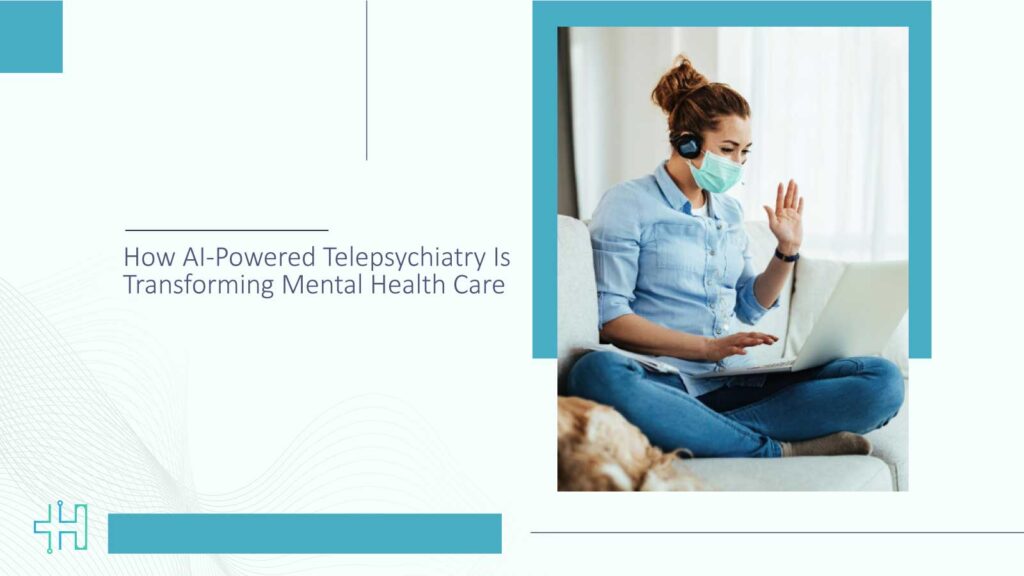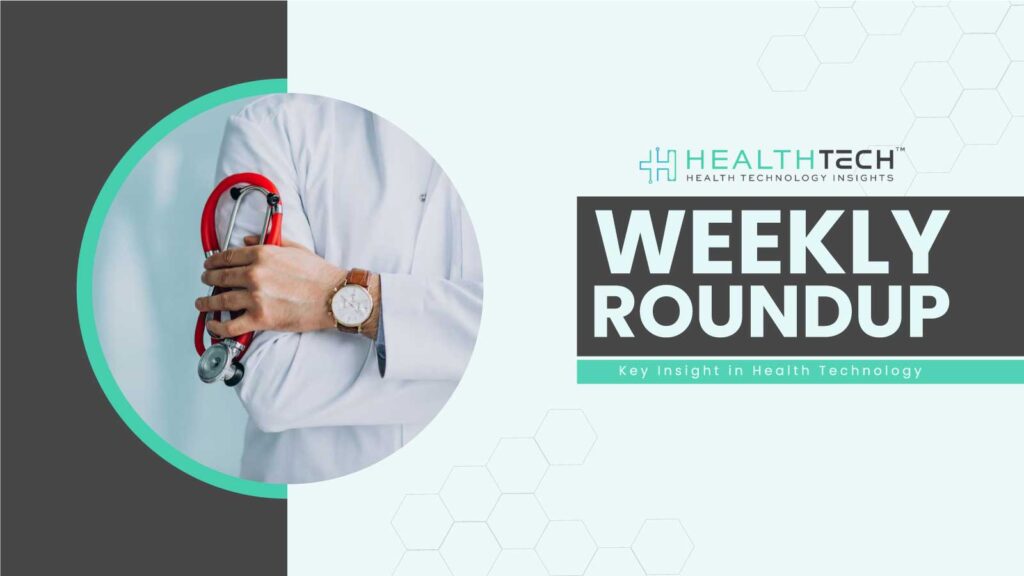Over the past few years, mental health needs have risen faster than health systems can keep up with. Long wait times, limited access to specialists, and the ongoing stigma around seeking help have made support harder to reach for many people.
But something significant is changing. AI-powered telepsychiatry is opening a new chapter in how we understand, diagnose, and treat mental health challenges. It combines virtual care with intelligent digital tools, helping people access support in a way that feels easier, faster, and more personalized. This shift is helping mental health care finally meet people where they are, both emotionally and geographically.
Why Telepsychiatry Needs AI?
Traditional telepsychiatry already solves big challenges by removing travel barriers and making it possible for patients to meet clinicians from home. But adding AI takes it further. AI systems can analyze speech patterns, facial cues, sentiment, and behavioral signals during virtual sessions. This helps clinicians detect early warning signs of anxiety, depression, burnout, or other conditions long before they become severe.
The global AI-in-mental-health market is expected to grow from USD 1.49 billion in 2024 to USD 2.01 billion in 2025, reflecting a strong CAGR of ~35.2%.
AI also assists with administrative tasks like note-taking, summarizing patient history, and organizing key observations from sessions. This frees psychiatrists from time-consuming paperwork and allows them to spend more meaningful time with patients. For individuals seeking help, it means quicker appointments, smoother follow-ups, and more consistent care.
More Personalized and Predictive Care
One of the strongest advantages of AI-powered telepsychiatry is personalization. AI can track long-term patterns, medication responses, and lifestyle factors with a level of detail that is difficult to achieve manually. As a result, clinicians can tailor treatment plans based on real-time insights instead of relying only on past notes or occasional check-ins.
Predictive AI models are also becoming extremely valuable. They can alert providers about potential relapse risks or sudden behavioral shifts, giving patients early intervention when it matters most. This proactive approach reduces emergency visits and helps people stay on track in their mental health journey.
Expanding Access for Underserved Communities
The shortage of mental health professionals is a major global issue. In many rural or low-income areas, people must travel hours or wait months to meet a psychiatrist. AI-powered telepsychiatry is helping bridge this gap.
AI-supported triaging tools can help determine who needs urgent attention and who may benefit from self-guided care or digital therapeutic programs. Multilingual AI assistants are also helping break language barriers, allowing more people to receive care in their preferred language. For communities with limited resources, even a short, AI-assisted virtual session can make a meaningful difference.
Safer, More Consistent Care Delivery
AI is also improving the quality and consistency of care. Automated risk-assessment tools can identify signs of self-harm or severe distress during or even between sessions. Intelligent documentation ensures that clinicians have accurate, up-to-date records. Many platforms also use strong security protocols to protect patient privacy and meet healthcare compliance standards.
The Future of Mental Health Is Hybrid
AI-powered telepsychiatry is not replacing psychiatrists. Instead, it strengthens their ability to deliver compassionate, high-quality care. The future is a hybrid model where human expertise and AI intelligence work together. This combination promises earlier detection, more personalized treatment, and wider access – all essential for a healthier, more resilient society.
FAQs
1. What is AI-powered telepsychiatry?
AI-powered telepsychiatry combines virtual mental health sessions with artificial intelligence tools. It helps clinicians understand patient needs better, streamline documentation, and offer more personalized support during online consultations.
2. How does AI improve traditional telepsychiatry?
AI can analyze speech patterns, tone, facial cues, and behavior signals to detect early signs of stress, anxiety, or depression. It also helps automate tasks like note-taking and follow-up reminders, making sessions smoother and more efficient.
3. Is AI replacing mental health professionals?
No. AI supports, not replaces, psychiatrists. It helps with analysis and administrative work so clinicians can spend more time focusing on patient care.
4. Is AI in telepsychiatry safe and private?
Most platforms use strong encryption, secure data storage, and healthcare compliance protocols. Patients’ information is protected, and AI tools only analyze data that is permitted within the platform’s security framework.
5. Can AI detect mental health issues accurately?
AI is not a standalone diagnostic tool. However, it can pick up patterns, mood changes, and behavioral shifts that help clinicians make more informed decisions. It enhances accuracy but relies on professional interpretation.
Dive deeper into the future of healthcare. Keep reading on Health Technology Insights.
To participate in our interviews, please write to our HealthTech Media Room at info@intentamplify.com




